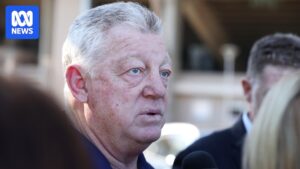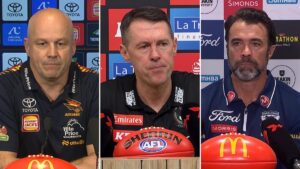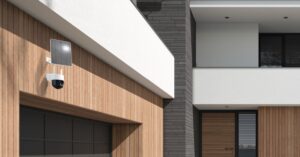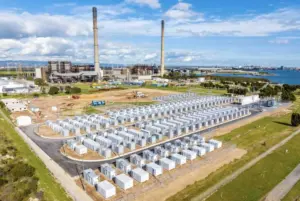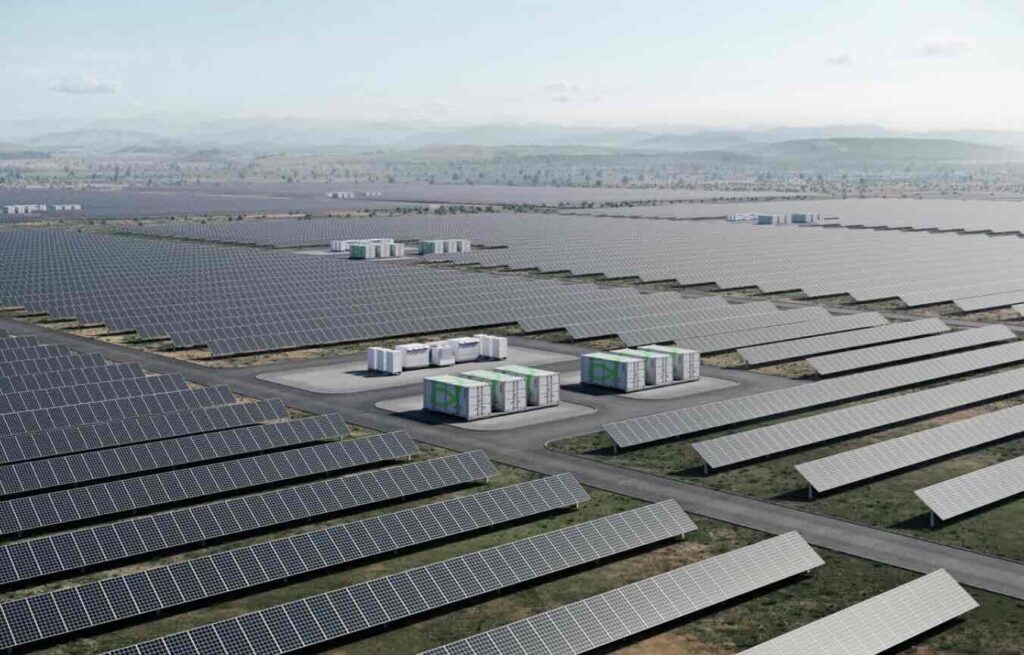
The winners of nearly a dozen solar hybrid projects are celebrating their landmark victories in the Australian federal government’s Capacity Investment Scheme announced on Thursday. These projects are expected to move swiftly to construction, contrasting with some large wind projects that also secured underwriting agreements but face financing challenges.
As reported by Renew Economy, the federal government awarded contracts to 20 wind and solar projects totaling 6.5 gigawatts (GW) of capacity. However, solar battery hybrids dominated the awards, emerging as a formidable competitor to wind due to the declining cost of battery storage.
Edify Energy Leads the Charge
Edify Energy emerged as the most successful bidder in the latest round, fresh from an agreed $1.1 billion sale to Canada’s La Caisse. The company secured contracts for three solar battery hybrid projects, adding to the two it won in the first tender announced late last year.
“This is a cracking result for the Edify team and a strong endorsement of our cutting-edge solar power station design,” stated CEO John Cole. “By harnessing top-tier technologies, we will deliver stable, firm dispatchable solar energy – efficiently and at the times of day it is most needed. Edify is once again at the forefront of Australia’s energy transition, driving innovation and new energy system infrastructure.”
Strategic Partnerships and Rapid Progress
Of particular interest are Edify’s Smoky Creek and Guthrie’s Gap projects in Queensland, each featuring 300 megawatts (MW) of solar and 300 MW, 11,200 megawatt-hours (MWh) of battery storage. These projects have secured contracts to power Rio Tinto’s giant smelters and refineries in Gladstone, marking a significant shift from coal to renewable energy.
Rio Tinto has already indicated plans for the early closure of the Gladstone coal generator, Queensland’s largest, citing the unsustainable future of the smelter if powered by fossil fuels. With fresh capital from La Caisse, Edify is expected to swiftly achieve financial closure for these projects.
“The contracts with Rio Tinto and the underwriting agreement with the CIS are symbiotic – helping negotiate a good price for Rio, reduce financial risks, and meet CIS goals such as local steel consumption.”
Challenges for Wind Projects
While solar hybrids are gaining momentum, the situation is more complex for the eight large wind projects that won a Capacity Investment Scheme Agreement (CISA). Some, like AGL’s 600 MW Hexham wind project in Victoria, may not reach financial commitment until 2028.
AGL does not expect to secure planning approval until next year for the Hexham project, located near Mortlake in southeast Victoria. Travis Hughes, AGL’s head of power development, noted, “At 600 MW, the Hexham wind farm would be one of the largest in Victoria and provide important renewable energy for the state should it receive Final Investment Decision.”
Future Prospects and Developments
AGL is also progressing with other wind projects, including the Barn Hill project in South Australia and the Pottinger energy hub in New South Wales. Meanwhile, the largest project winner in terms of connection capacity is the 660 MW first stage of the Liverpool Plains project in NSW, developed by Tilt Renewables. This project plans to double in size and is seeking approval for an on-site quarry to supply the project.
“Securing a CISA is a key milestone to support the commercialization of Stage 1 of the Liverpool Range project,” said Tilt CEO Anthony Fowler.
Implications for Australia’s Energy Landscape
The rise of solar battery hybrids marks a pivotal moment in Australia’s energy transition. These projects differ from existing co-located solar and battery initiatives by sharing the same connection point, enabling solar projects to avoid negative prices and capitalize on lucrative evening peaks.
Australia currently hosts only one solar battery hybrid at Cunderdin in Western Australia. However, the CIS is set to support 17 such projects, many on a larger scale, catering to commercial and industrial clients who favor the combined technology’s production profile.
In contrast, some wind projects face delays. For instance, the second stage extension of the Willogoleche wind farm in South Australia, proposed by Engie and Foresight, plans to add 20 turbines by 2028. Engie Australia’s Managing Director of Renewables and Batteries, Laura Caspari, emphasized the community support and success of the first stage of Willogoleche.
“With the additional backing of the Federal Government, Willogoleche will go from strength to strength,” Caspari stated.
As Australia continues its shift towards renewable energy, the success of solar hybrids and the challenges faced by wind projects highlight the dynamic nature of the energy sector. The transition is not only reshaping the landscape but also driving innovation and investment in sustainable infrastructure.
